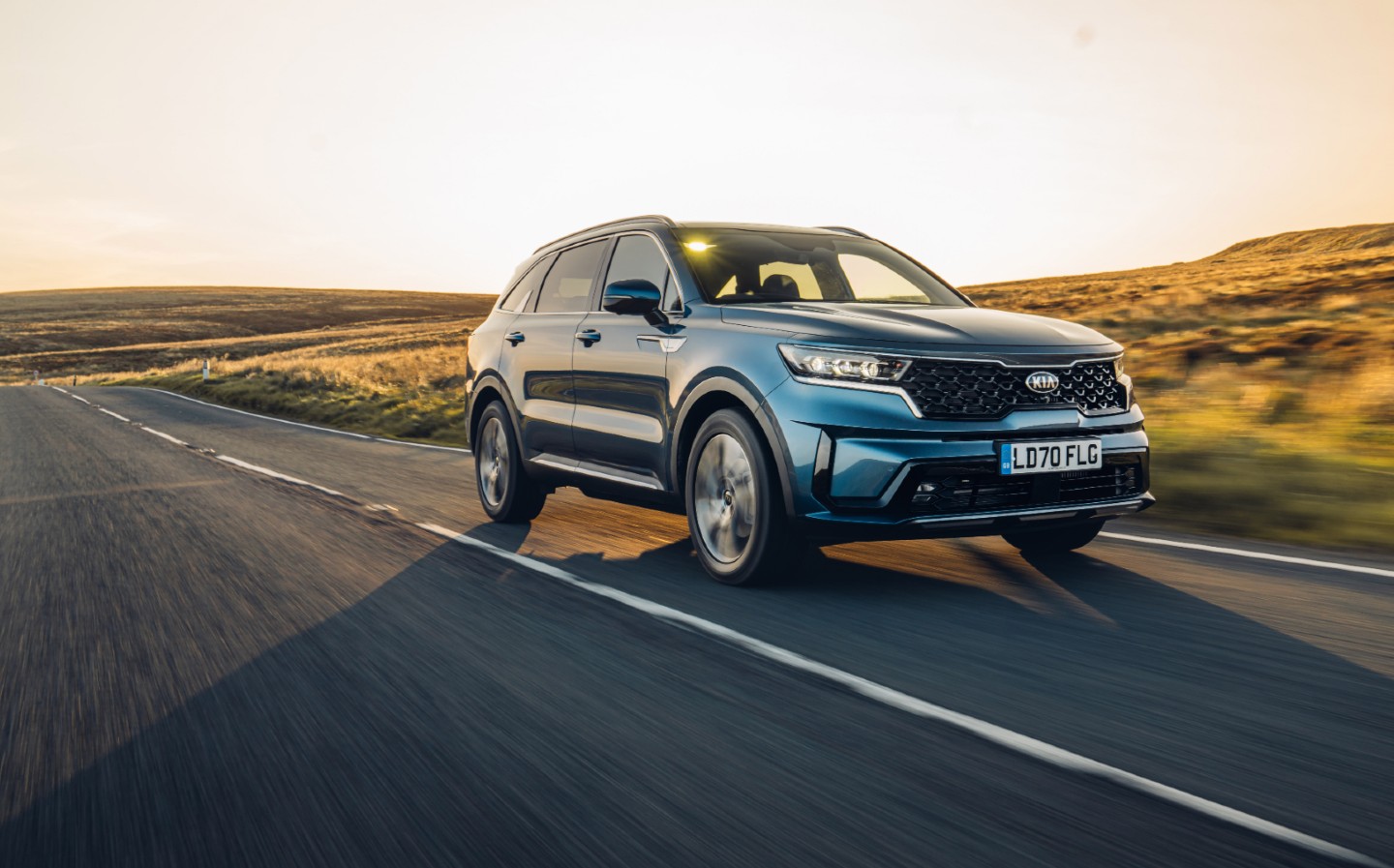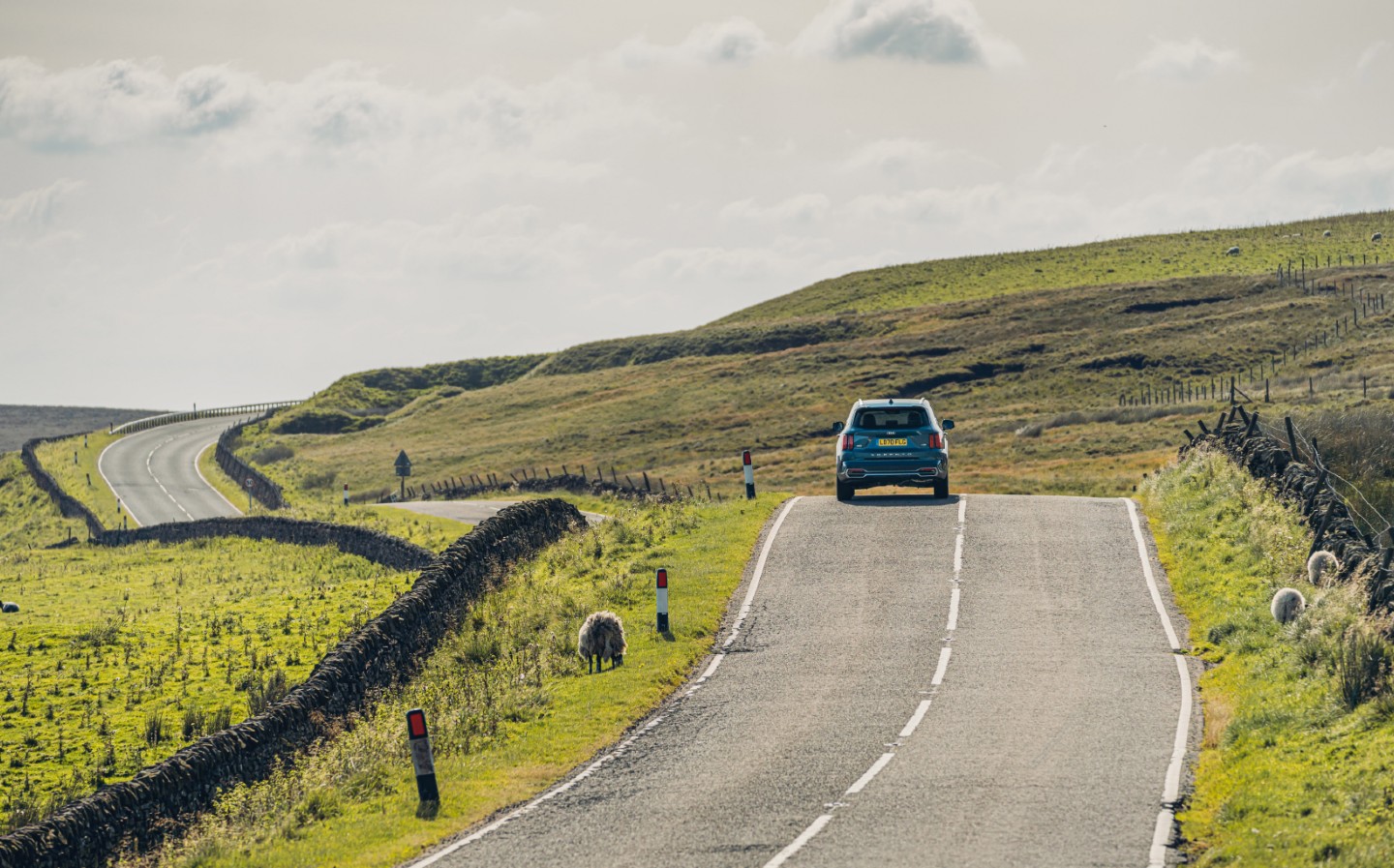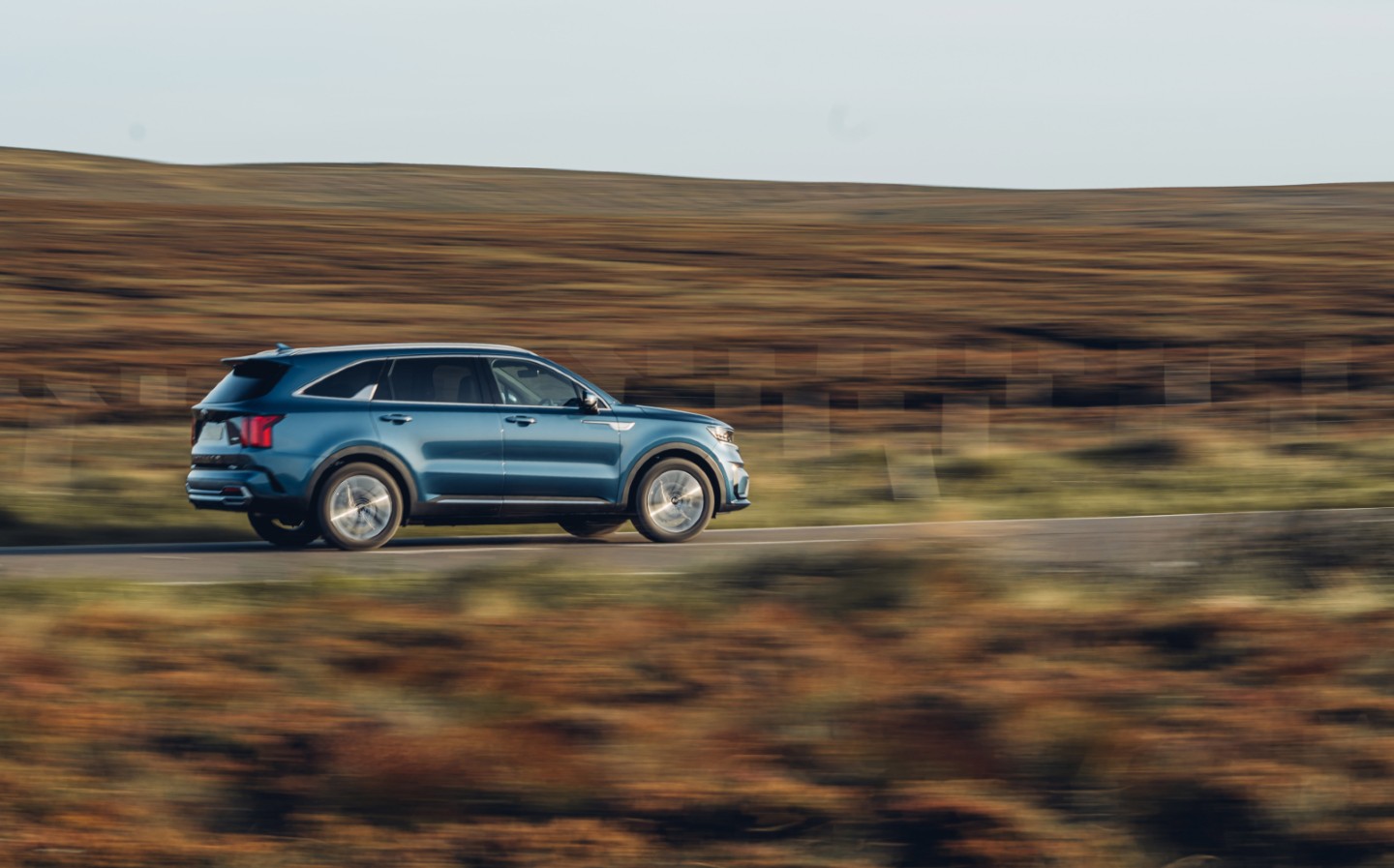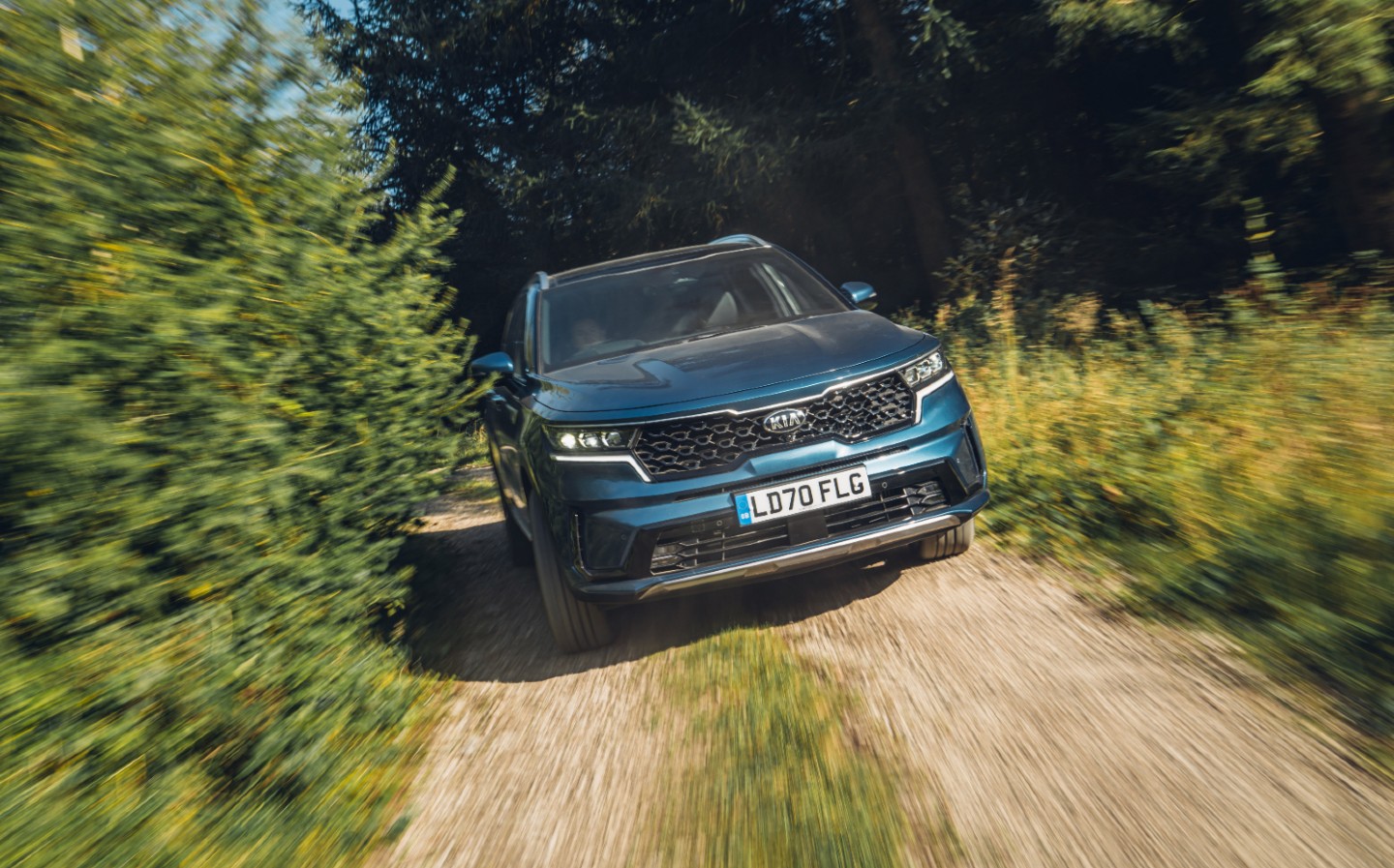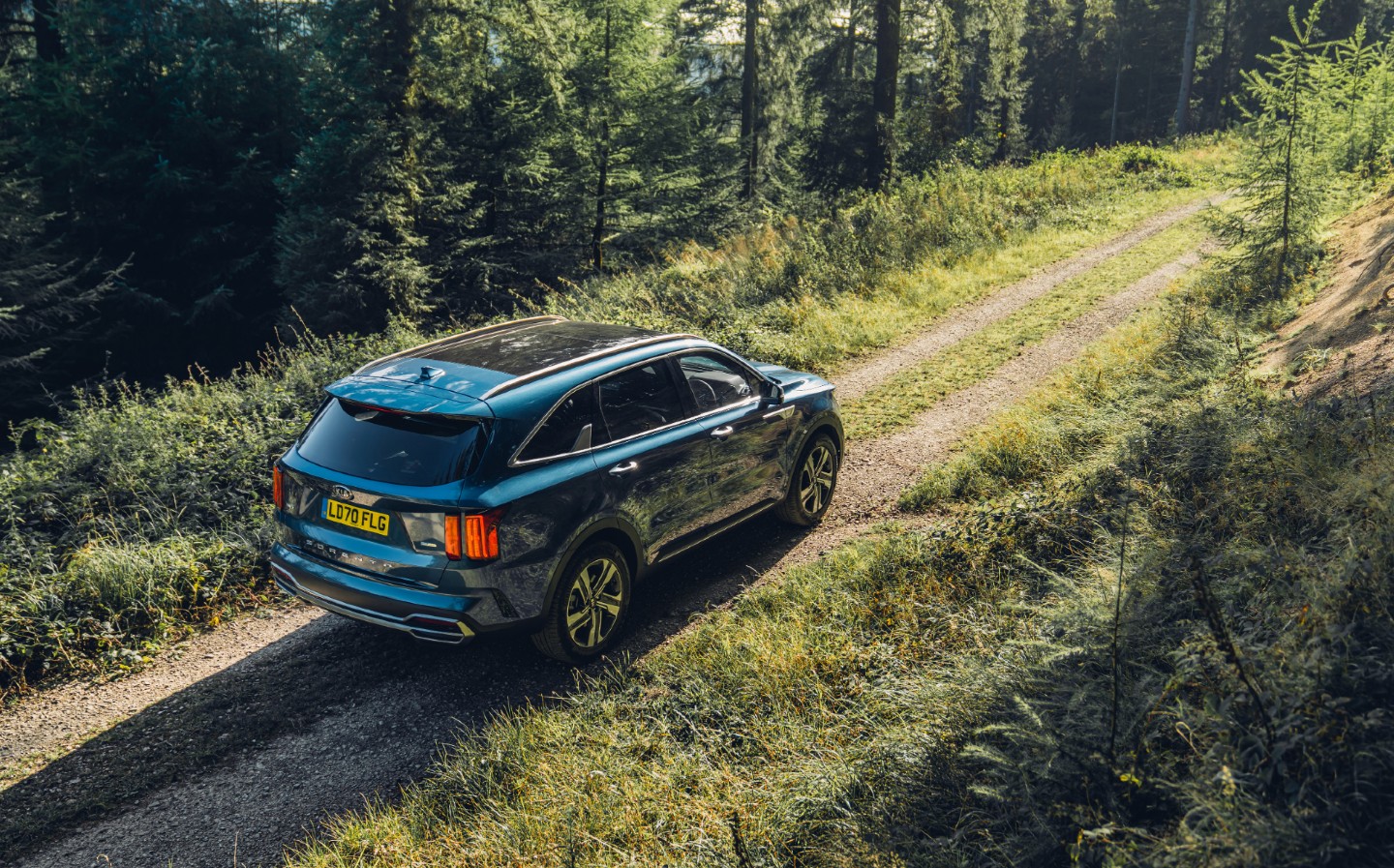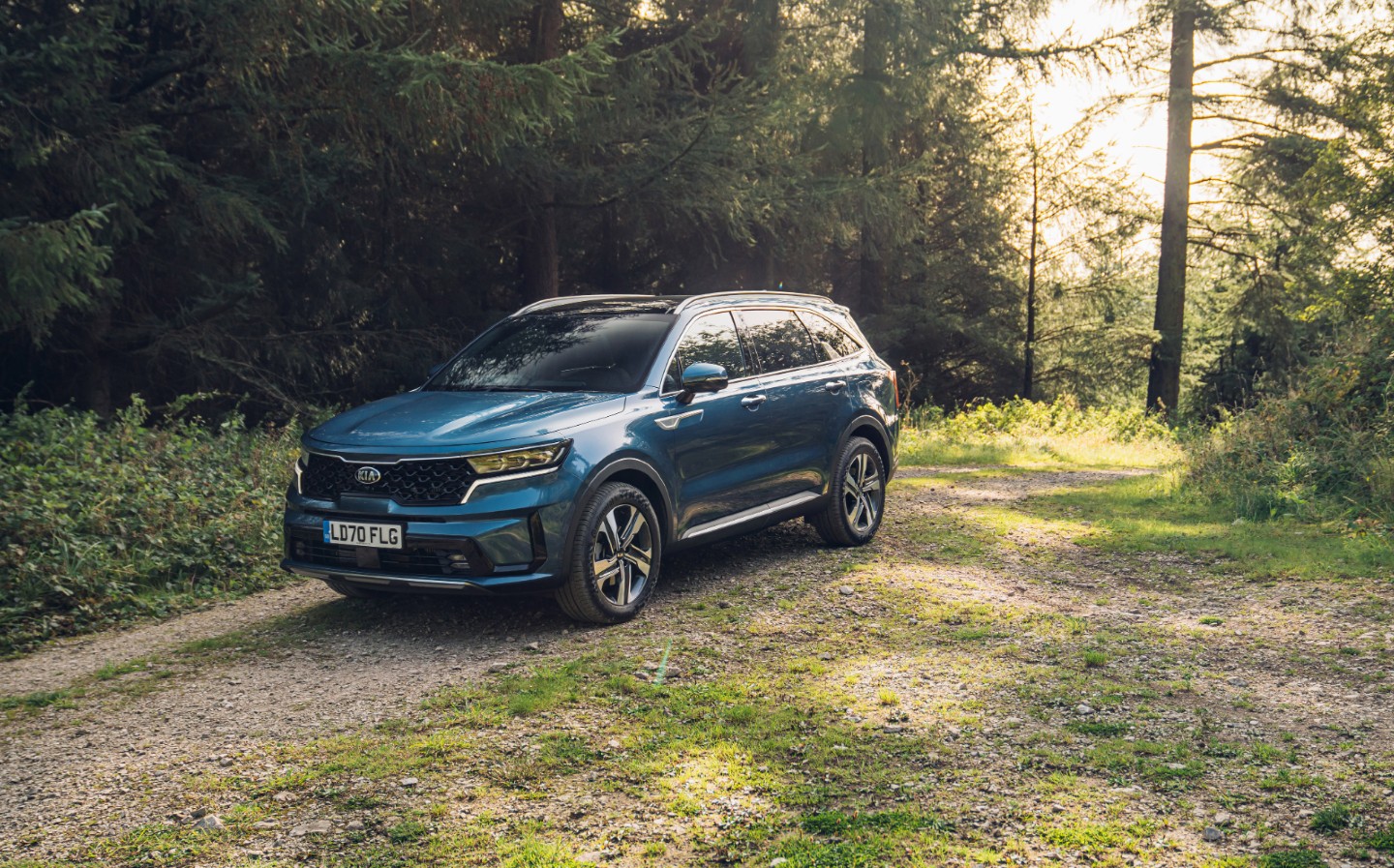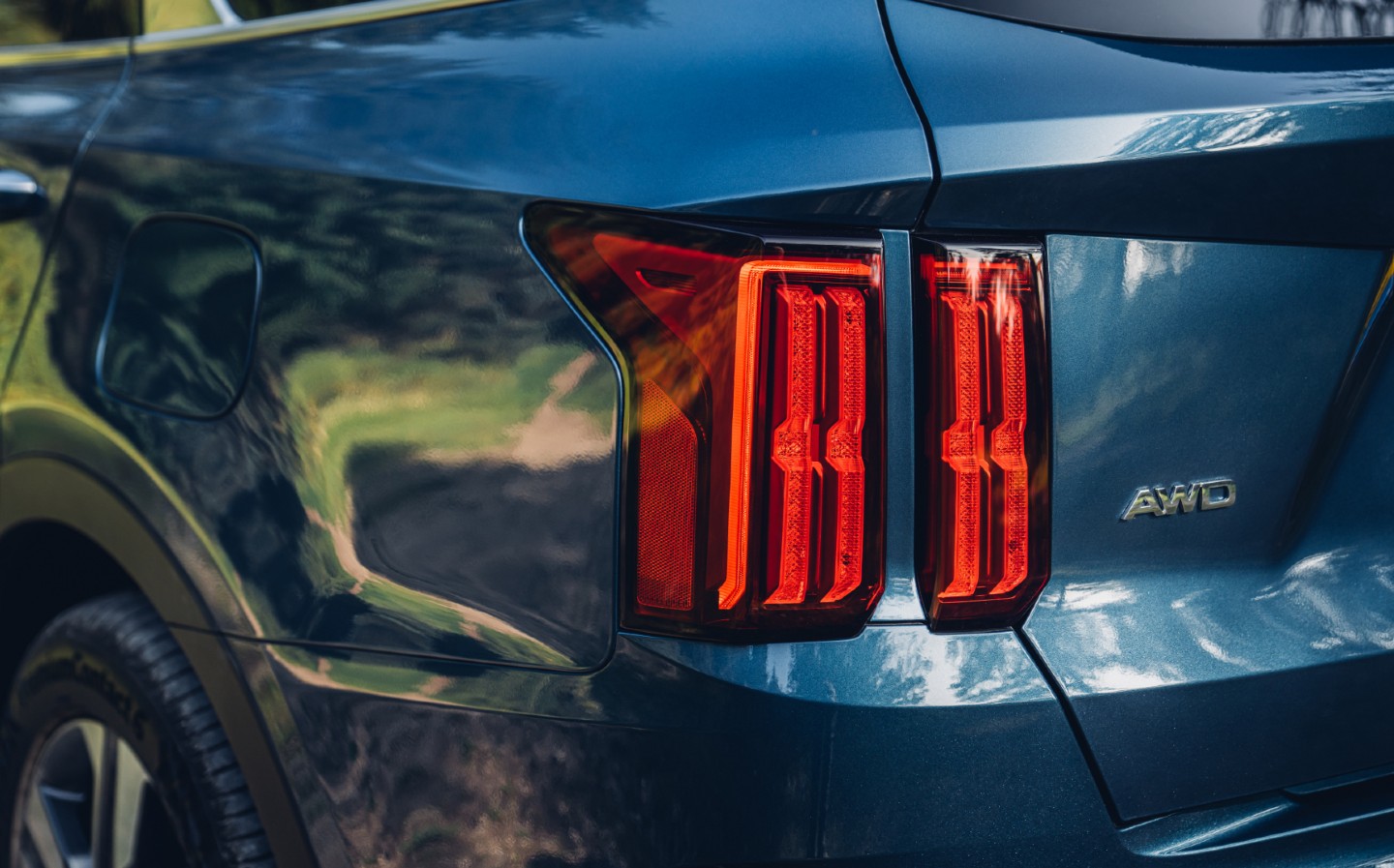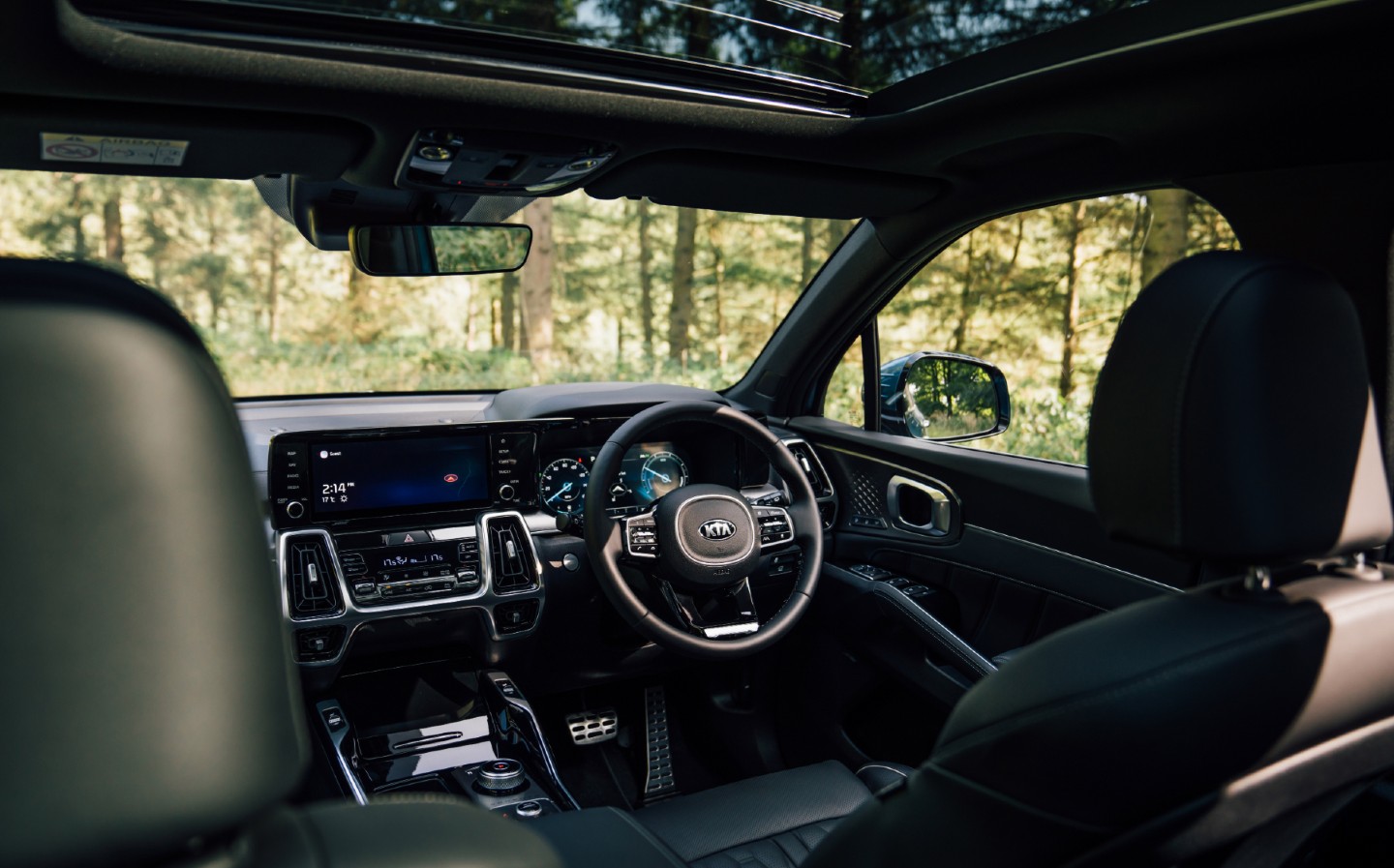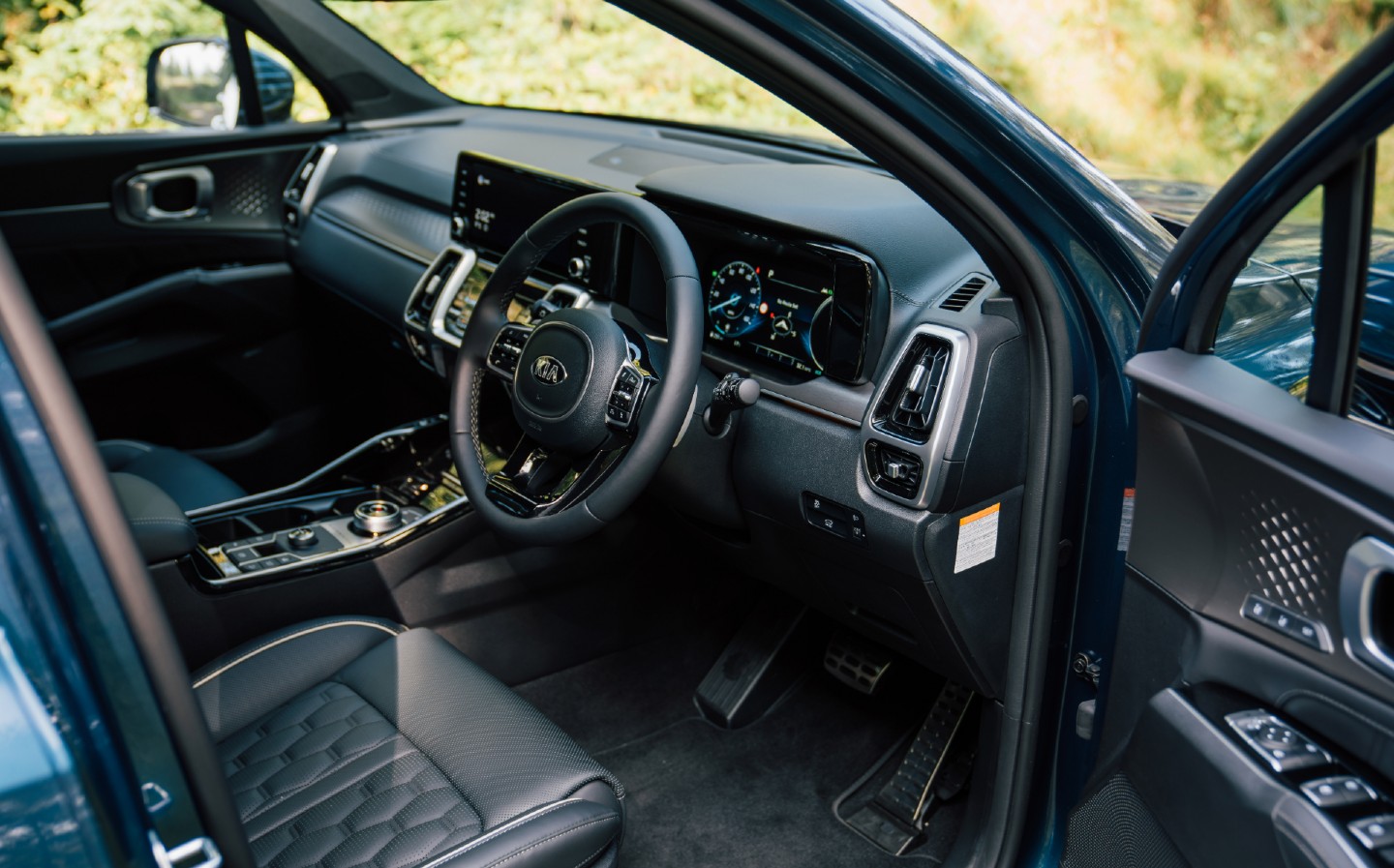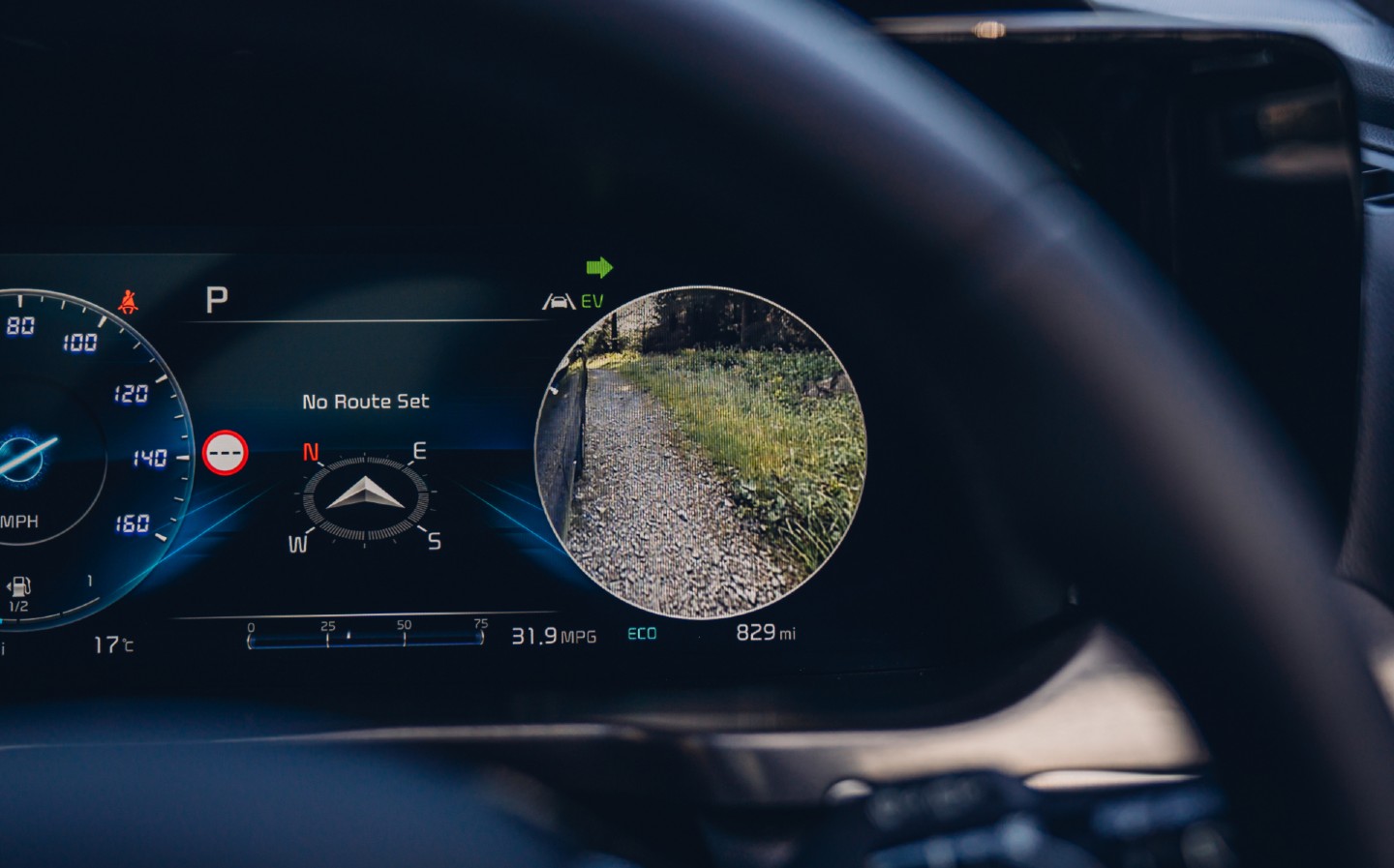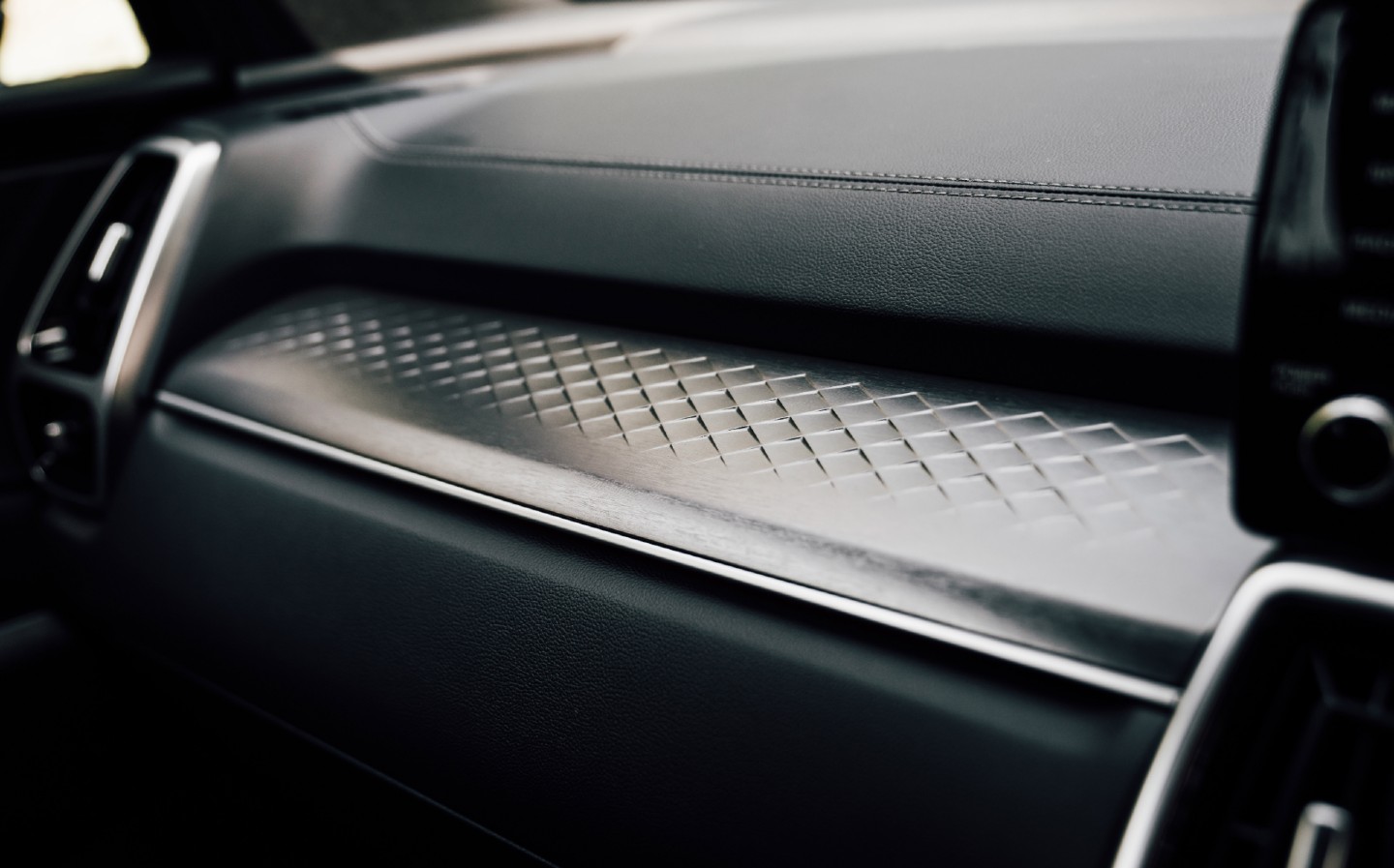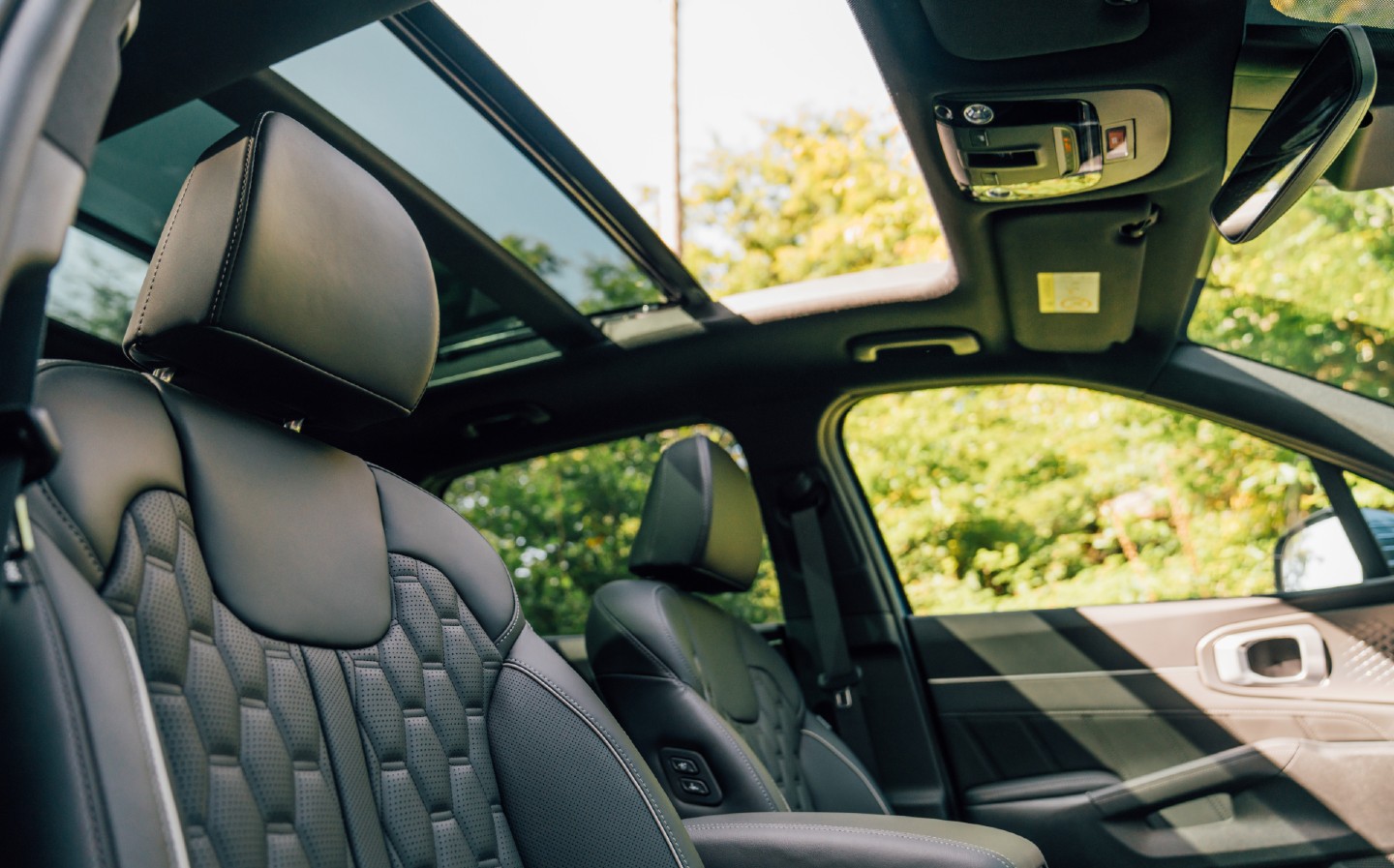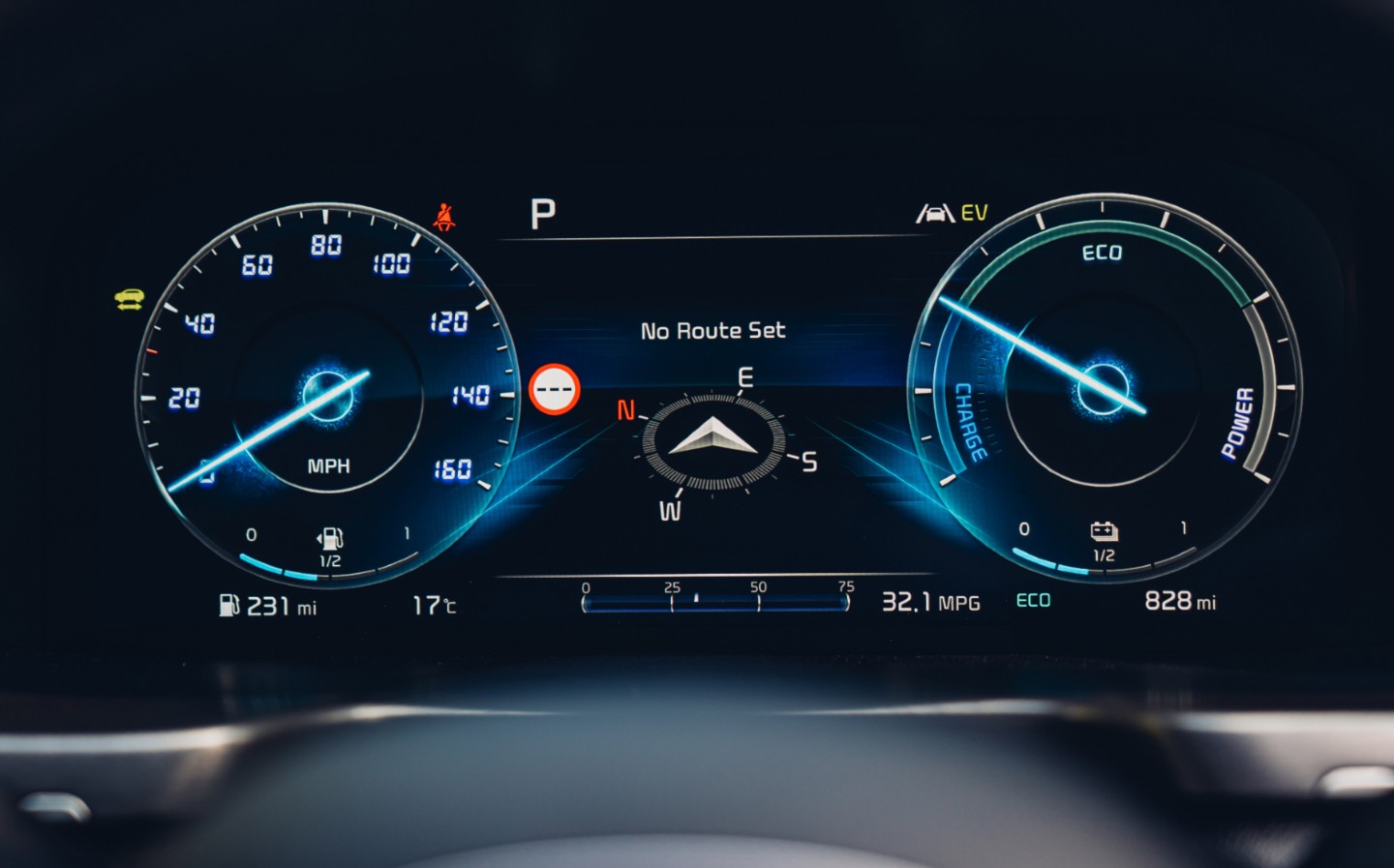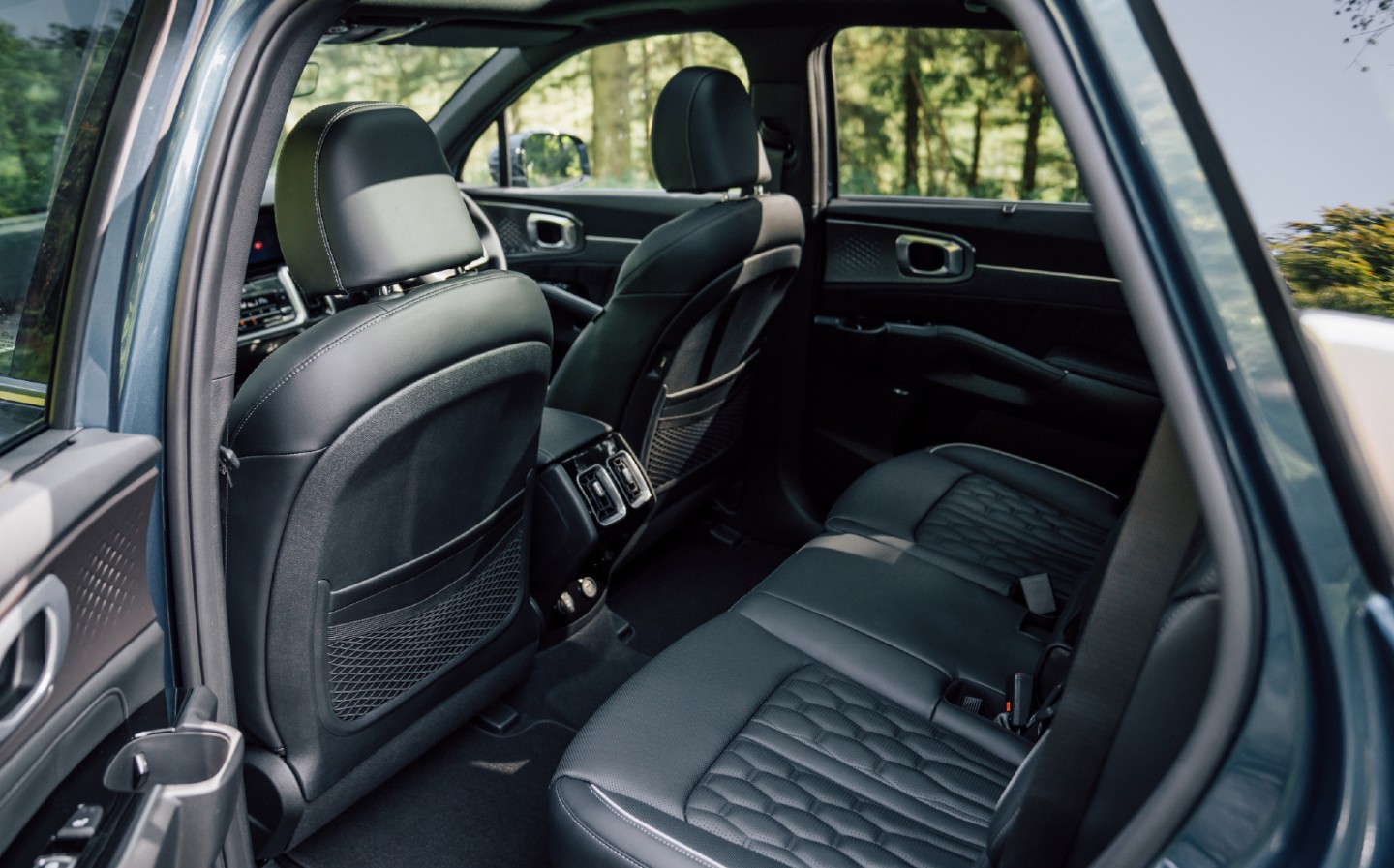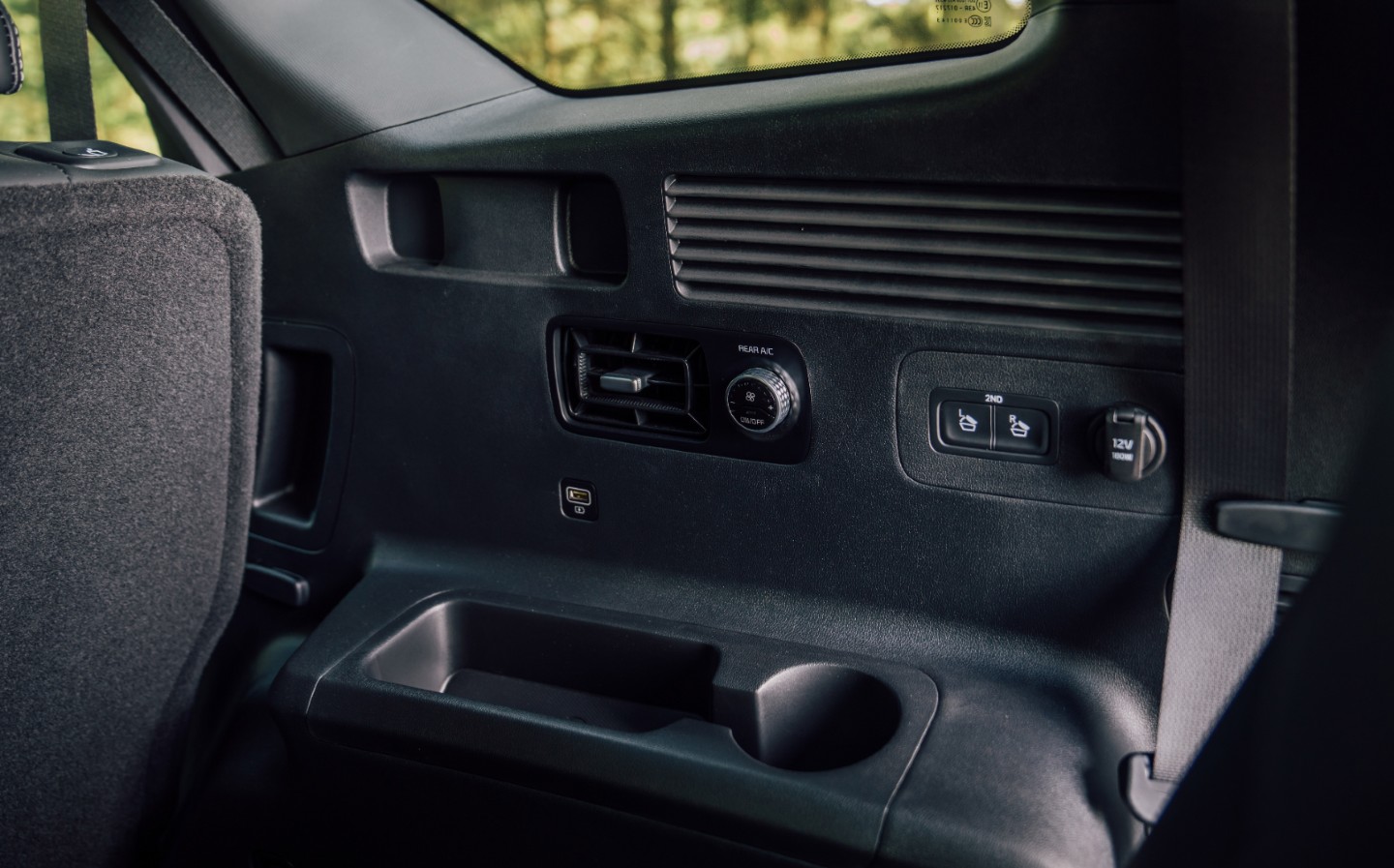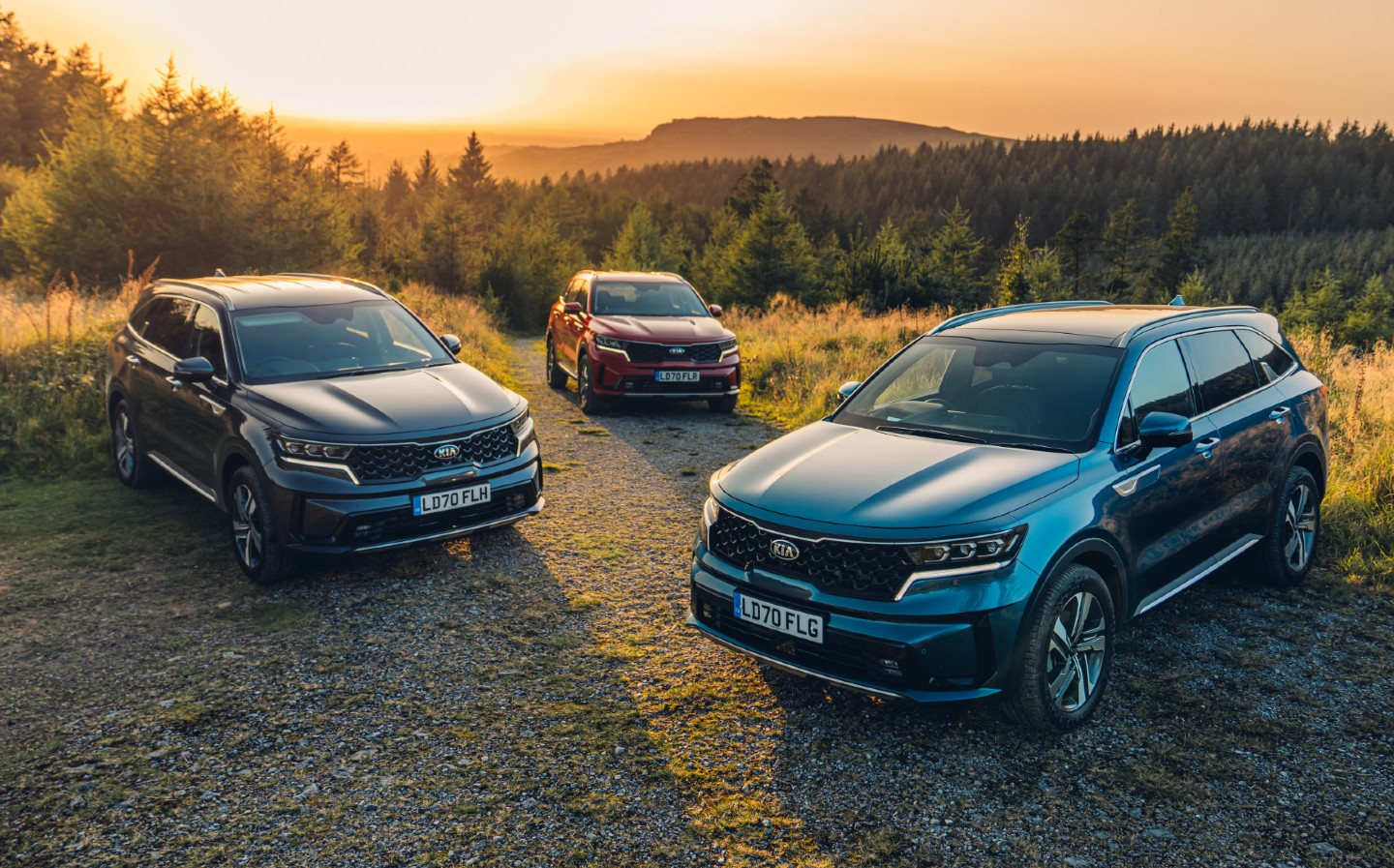2020 Kia Sorento review
Seven-seat SUV goes hybrid
THE NEWSPAPER headlines haven’t been kind to SUVs in recent years. “Soaring demand for SUVs exacerbates climate crisis” and “SUVs blamed for rise in emissions from new cars” are just two that have appeared in The Times. The high-riding vehicles are eliminating any gains made by the introduction of electric vehicles, according to a few environmental studies, because they’re bigger and therefore heavier than a good old-fashioned family hatchback.
What a load of b***cks, I always think while reading those articles. I’ve driven pure-electric SUVs, which emit nothing from the exhaust (chiefly because they don’t have one), as well as plug-in hybrid SUVs capable of 30-40 miles of zero emission motoring, and non-plug-in hybrid SUVs that produce less CO2 than smaller petrol cars. Even modern diesel-powered SUVs with the latest particulate filters and AdBlue tanks are cleaner than a 10-year-old VW Golf.
In other words, it’s not the size of the vehicle that’s the problem – it’s what powers it. Yes, adding weight by making them larger is less efficient, but what are we supposed to do, buy two small cars per household instead of one and drive around in convoy? That’s not being terribly eco-friendly, is it?
What’s more, SUVs are getting cleaner. This new Kia Sorento, for example, is electrified for the first time. You can still buy a diesel version because they’re still the best solution for motorway driving, and Kia knows a seven-seat SUV is likely to be used for family trips to Cornwall. But its 2.2-litre CRDi engine is now cleaner than before, partly because it’s 38.2kg lighter after switching from a steel to aluminium, but also because Kia has tweaked the pressures, reduced the friction, and improved the selective catalytic reduction, nitrogen oxide trap and particulate filter. That’s progress.
Assuming diesel is still off your shopping list, the other versions available at launch are all “self-charging” hybrids, combining a 1.6-litre petrol engine with an electric motor and small (1.49kWh) lithium-ion battery. This stores energy generated under braking (and by the engine, when needed), redeploying it under acceleration to help reduce emissions and save fuel.
The hybrid models (which share the same powertrain but are available in three specification levels: ‘2’, ‘3’ and ‘4’) are actually more powerful the diesel, producing 226bhp to the oil-burner’s 199bhp. They’re also quicker from standstill to 60mph, taking 8.7 seconds vs the CRDi diesel’s 9.1 seconds, and officially they produce less carbon dioxide – between 158g/km and 168g/km compared with 176g/km for the diesel. The diesel uses slightly less fuel on the official WLTP combined cycle test, though, with a cliamed 42.2 miles per gallon; the hybrids on paper range from 38.2 to 40.9mpg. All models are four-wheel drive only, and come with automatic gearboxes.
For most private buyers, the hybrids are likely to be the favoured version, not least because hybrids will probably be more popular in three years’ time, when customers will be looking to upgrade (possibly to a plug-in hybrid version of the Sorento, which arrives later this year). How many car buyers will want to buy a diesel car in 2023, I wonder?
There are many more changes on the fourth-generation Sorento, of course, other than what’s under the bonnet. Its underpinnings are all-new, and it’s a little wider and a little taller than before, with the axles moved further apart to increase interior space, though the overall length is the same as the outgoing model. And like many of us during lockdown, the Sorento has been on a diet and is fractionally lighter than before (5kg).
The bodywork has been treated to a few more creases here and there, and has a more swept-back look than before. Kia’s trademark ‘tiger nose’ grille has been widened and wraps around the revamped headlamps on each side, which now feature LEDs that are designed to mimic the lines around a tiger’s eyes – a detail the kids will appreciate, no doubt.
Front and rear overhangs have been shortened and the windscreen moved further back, and with the wheels closer to each corner and the sharper lines on the D-pillar, new Sorento looks longer, even though it isn’t. At the rear, the new vertical light clusters ape those of the larger Telluride – a model available in America but deemed too big for us Brits (we may see the seven-seat Sorento as a large SUV but Kia still considers it mid-size). The Sorento follows ProCeed and XCeed in adding the model name across the boot lid, adding a bit more presence to the rear end.
Open the front doors and you’re greeted by twin digital displays for the infotainment and instrumentation. On the entry-level ‘2’ Sorentos the central touchscreen is 8in but both the ‘3’ and ‘4’ grades get a larger 10.25in version, as well as ambient lighting and a wireless phone charging pad. The top spec model also gets a Bose sound system. Even the base model looks smart inside, though, and the metallic trim elements and use of embossing across the range help boost Kia’s normally dark and dull cabin.
It feels roomier than before in the cabin, with Kia claiming legroom has been improved from the first and second row passengers. Head room is also increased for those in the third row, though it’s still a squeeze for anyone other than children back there.
With the rear seats in place, the boot will hold only 187 litres of luggage, reducing to 179 litres in the hybrid models due to the battery pack taking up some space under the floor. Though that is up slightly from the 142 litres in the old Sorento, it’s still less than you’ll find in the Volkswagen Tiguan Allspace (230 litres) and well down on the Land Rover Discovery (258 litres) and Volvo XC90 (356 litres).
In terms of pricing none of these cars are what you’d call cheap. Though the Tiguan Allspace looks like a bargain, starting at £32,195 compared with upwards of £38,845 for the Sorento, it’s not a direct comparison as the base Allspace model is only two-wheel drive with a manual transmission, and isn’t a hybrid. Neither is the base-spec Discovery, even though the diesel models start at more than £48,000. The Volvo, which is now hybrid as standard, costs upwards of £54,400.
All of which makes the Sorento’s price a little easier to swallow, and it is still a remarkably versatile family car. With seating arranged for five passengers, the hybrid’s boot yields up to 813 litres, which is a very useful carrying capacity for families. Fold the second row as well and there’s a massive 1,996 litres to play with.
Making this operation easier, straps on the backs of the third row seats allow you to easily fold them down, and the new Sorento also has controls in the side wall of the boot, allowing you to fold down the second-row without having to walk round the side of the car.
Kia had arranged for us to drive the hybrid (HEV) model in both entry-level ‘2’ spec and top ‘4’ spec, with a diesel model available, too, in the mid-grade ‘3’ trim, which gave us a good idea of the range as whole.
Climbing into the ‘2’, it’s not at first obvious what you’re losing out on versus the pricier models, though it became apparent why no driving route had been prearranged for us when I went into the touchscreen system to find the sat nav … and found it didn’t have one. This seems incredibly poor for a near-£40,000 car until you realise that Android Auto and Apple Carplay are both supported, so in fact you can use the superior mapping systems available via your mobile handset, such as Waze or Google Navigation. It also means access to music streaming from the likes of Amazon Music or Spotify, as well as audiobooks and so on.
On the road, you also don’t feel short-changed in terms of ride comfort. One of the first things that became apparent was the exceptional sound insulation, with wind and road noise kept to a hush. Bumps and potholes are dealt with really superbly on the standard 17in tyres that come with the ‘2’, while roll through corners isn’t too much of a concern. The Sorento’s suspension doesn’t feel as sophisticated as the adaptive damper system you’d find in the Volvo but it’s also less wallowy than the Tiguan Allspace’s set-up, leading to more confident cornering. The sharp steering and four-wheel drive system also help the Sorento’s 2.6-ton bulk pivot around turns with impressive vigour.
What’s more, over 22 miles of mixed roads the car had averaged 39.6mpg, which is basically bang on the advertised fuel economy. With some really careful driving, that could be improved further, I’m sure. Plus, the onboard computer was claiming it had another 544 miles left in the tank which would make this a seriously useful long-range vehicle.
The fully digital instrumentation isn’t the prettiest out there but it is well laid out, and in Sport mode switches to a more energetic design.
It’s not all good news, though – the hybrid’s spongy brakes have an inconsistent feel and tend to snatch, rather than slow the car progressively, and the toes of my size 13 shoes tended to catch on the pedal arms (though this was true of all variants). Also, in Eco mode the Sorento HEV can be a little hesitant away from junctions, which is not all that reassuring if you’re picking an opportune moment to join a busy road.
A closer examination of the cabin during a rest stop also revealed that while the third row may be more accommodating than before, head room isn’t abundant and a lack of a footwell means the two rearmost occupants’ knees will be positioned quite high; a full complement of seven passengers will be comfortable for short trips only.
There is some extra versatility built in thanks to sliding chairs in the second row, and Kia has sprinkled USB ports everywere, including in the boot, for those in the back seats, and the shoulder of the front seats for those sitting in the middle row. That means kids young and old will be able to keep their devices juiced, however far you need to go.
Stepping into the ‘3’ revealed the larger touchscreen, which is clearly more impressive visually, though actually, if you prefer to run Android Auto or Carplay, doesn’t offer very much over the ‘2’. Yes, the upgraded infotainment system provide traffic information, weather forecasts, points of interest, and details of potential on- and off-street parking (including price, location and availability), but most of this and more can be found by connecting your phone. You do get a wireless smartphone charger at the base of the centre console, though.
The leather seats are mildly more comfortable but comfort isn’t an issue in any of the Sorentos – back and leg ache won’t trouble drivers on long journeys. What you do get, though, is electric adjustment on both sides, including handy passenger seat controls on the right-hand side of the seat, allowing the driver to easily adjust its position. The ‘3’ also gets a powered tailgate.
In diesel form, the braking issue disappears, and pressing the pedal results in reassuringly linear stopping power. The downside is a gruffer-sounding engine, and over my test route of mostly B-roads it achieved only 32.6mpg, making it noticeably more thirsty than the hybrids for everyday use in town and suburbia. A Comfort Mode, in addition to Eco, Sport and Smart, is available on the CRDi-powered Sorento, though when I asked how it affects the powertrain and performance there were some blank looks.
Move up to ‘4’ and you get quilted seats with cooling as well as heating, a panoramic (and opening) sunroof, a head-up display and a brilliant Bose sound system that really makes the most of the excellent sound deadening in new Sorento. It’s worth noting, though, that the larger 19in wheels fitted to our ‘3’ and ‘4’ grade test cars, with the thinner tyre sidewalls, resulted in improved handling but a much harsher ride and noticeably more noise from the road – a trade-off worth thinking about. You’re also looking at £46,945 upwards for a range-topping Sorento.
But with the new Sorento, Kia continues to cement its progression from an also-ran car maker to one of the leading contenders, offering a strong all-round package for families with impressive technology and strong on-road dynamics. And with the appeal of petrol-electric hybrid power, going big is greener than ever.
Tout à Loire: Seat Tarraco takes on a family holiday to France


